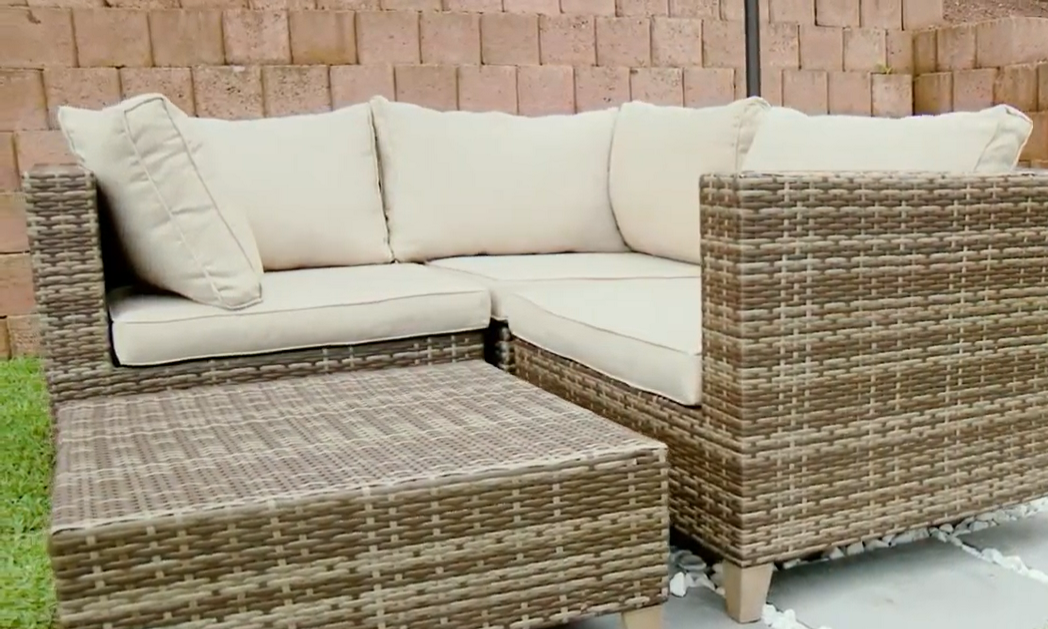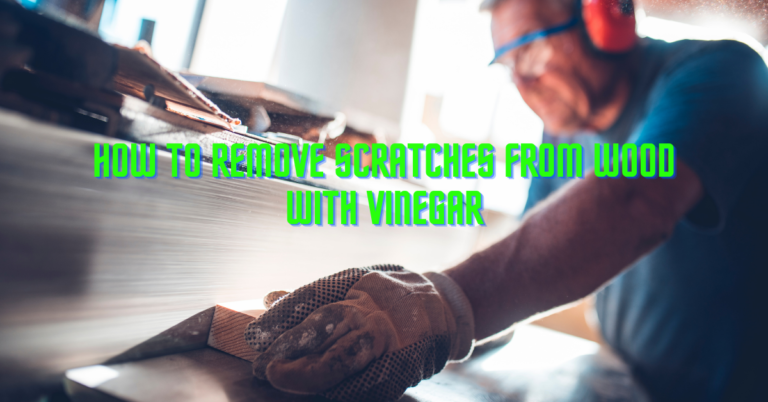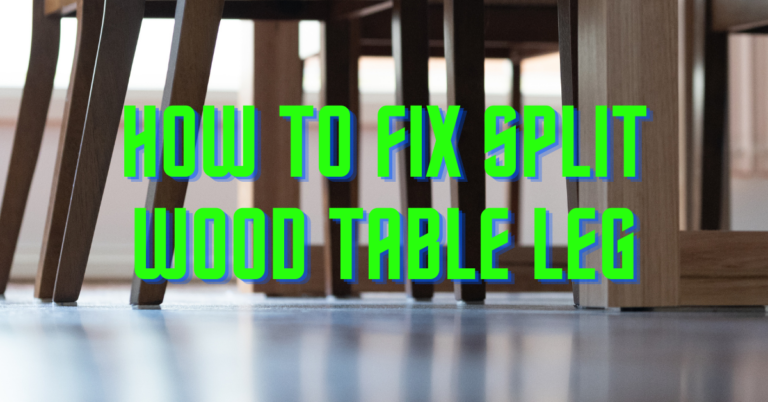How To Waterproof Wicker Furniture
The best outdoor furniture is built for looks and longevity. It can garner designer’s praise and withstand weather abuse. However, after a few seasons on the porch or around the pool, your wicker furniture may start to show its age with mildew, marks or stains, not exactly the desired patina.
So whether or not your items are made of wood, metal, wicker, plastic, or fabric, the general care tips below, will ensure that your chairs, tables, and cushions look very attractive even for years to come.
In this post, we’d show you how to waterproof wicker furniture, the effect of weather elements on your wicker as well as how to refresh dried-out wicker. You really want to follow through to the latter for a well-detailed understanding. Let’s dive in already.
All at a Glance
Weatherproofing wood furniture– how to treat wicker furniture for outdoor use
1. Paint your furniture
The first-ever step to waterproofing your wicker furniture is to paint it such that the marine varnish layer can be spayed on top of the paint. This step should be done every three years on average, in order to keep your furniture usable for as long as you want.
Also, when choosing your paint, ensure to go for the one that is specifically formulated for wicker furniture.
So once you’ve got that, get every piece painted, from top to bottom, making sure to cover even the tiniest nooks and crannies. Thereafter, you spray the marine varnish over it. Allow it some time to dry before spraying another coat.
Perhaps you’re cool with your wicker furniture’s color, and you do not wish to paint it, then you can always do away with this step and apply three layers of the marine varnish instead. This can be done with any natural material, including rattan and bamboo as well.
Lastly, ensure you pick a marine varnish that is actually suitable for use on wicker furniture and stay away from waterproof lacquer spray. While the lacquer spray is suitable for use on wood, it tends to trap moisture in the wicker whilst causing it to rot from the inside.
2. Apply tung oil to your furniture.
If you don’t buy the idea of painting your furniture or even applying marine varnish, you can always go for tung oil Instead. However, as compared to paint, you will need to reapply the tung oil every year.
It won’t function as well as paint where downpour of rain is concerned, hence the need to store the furniture inside when the winter months come around.
All that is required of you is to apply the oil to any cloth you have. After which you wipe the whole furniture with it, ensuring not to leave anything out. It’s always best to do this step at the beginning of the season when you’ve just taken the furniture out.
Repeat it again at the end of the season.
3. Cover the furniture.
Purchasing covers for your wicker chairs, tables, and sofas is one of the easiest ways to have them waterproofed. However, when choosing your covers, make sure you go for that which fits the furniture tightly to avoid the dangers of them blowing off and allowing water inside.
4. Store your wicker furniture indoors.
Once you observe the weather starts getting cold, the best and ideal thing to do is being the wicker furniture inside while you keep it there until when needed again. This way, you’d have it kept protected from rain, frost and snow.
Remember that even waterproof furniture will not stand against harsh, continuous rain. Although waterproofing is supposed to protect the material from moisture, a constant stream of moisture will damage any furniture eventually.
So, if you’ve got an empty room or a garage, then you can use it to store the furniture until summer comes around again.
Also Reads: Top 7 Best Stain for maple wood

Refreshing dried-out wicker.
Wicker furniture tends to be woven around a solid frame from strands of coarse natural fibers, most times rattan or raffia from a palm plant. While wicker seems to be quite durable, it sure does require some amount of care.
And because it is often used on outdoor patios, it is exposed to the ravages of both sun and rain. When there’s too much sun or indoor heat, it could result in dry, brittle wicker, which tends to crack and become unraveled. Likewise, too much rain would result in mildewed furniture which must be treated and sealed.
Although moisture is one of the causes of mildew problems, however, remedies can still leave the wicker dried and in need of hydration as well as protective care.
Steps:
Step 1:
Excessive drying causes the deterioration of wicker furniture, meanwhile preventing drying is quite simple. All you need to do is mist the furniture periodically with a plant mister or better still, wipe with a damp cloth.
Washing briefly with a hose will not likely cause serious harm but can result in mildew problems if drying conditions aren’t ideal and this can as well compromise the strength of joints held together by glue.
Most times, the underside of the furniture has a less protective finish which is, therefore, better able to absorb and benefit from a regular misting.
Step 2:
When oil, grease, mildew and dirt accumulate on your wicker, it could cause damage to the woven fabric of your furniture. So you want to vacuum your wicker first making use of the upholstery or crevice tool of your vacuum.
After which you use a soft toothbrush and water to which a mild detergent can be added, to get rid of the remaining dirt and grime. Mildew should be scrubbed away using a toothbrush dipped into a mild solution of bleach and water or in a commercial mildewcide that has been diluted following the manufacturer’s instructions. Wipe clean with a damp cloth after treatment.
Step 3:
Fibers that are properly sealed are less likely to lose moisture, so once you’re done cleaning and revitalizing your wicker furniture, it is a good place to apply a new coat of shellac, varnish, lacquer, and paint or other sealants to your furniture. However, ensure to use the product that mostly matches the original finish.
Step 4:
As it were, water isn’t the only substance that can rehydrate dried-out wicker. Boiled linseed oil and lemon oil would actually work as well.
So while commercial lemon oil, generally known as a furniture polish will dry rather quickly, boiled linseed oil will usually take a much longer period to dry and must be applied lightly and left for at least a week to dry before having the furniture put back to service.
Step 5:
Hydrating and regular cleaning is quite essential when trying to preserve any protective finish on your wicker furniture and is most important if you choose to keep your furniture in a raw, unfinished state.
So if you’d prepare and maintain a schedule of regular maintenance, then you’d have your wicker furniture last for a while lot of years.
What happens when wicker furniture gets wet?
The attractive textured beauty of wicker furniture makes it a unique option. However, before having your favorite wicker furniture set on your patio, you really want to understand the type of furniture it is and how moisture would have an effect on it.
Wicker vs Rattan
Understanding the difference between wicker and rattan is very important when talking about furniture. Quite a number of people assume wicker is the type of material, meanwhile, it is actually the weaving method that is used to create the furniture.
Rattan is a specific type of natural material that is often used to make furniture woven in a wicker style.
The effect of moisture on wicker furniture is dependent on the material used. A piece of synthetic wicker furniture is mostly designed to be weather-resistant, while natural materials such as rattan, will often become damaged by weather elements which include moisture and UV rays from the sun.
If your wicker furniture is made of rattan or other natural elements, constant exposure to moisture as well as other weather elements can actually damage the furniture. The moisture may soften the material or cause it to rot, hence affecting the structural integrity of the furniture.
Mold and mildew are other common issues with too much moisture. Mold spores are everywhere, but they do need moisture to grow. So if rattan becomes saturated, it could provide the moist atmosphere in which mold needs to take hold and grow.
Sunlight can as well damage rattan furniture. It will discolor the rattan, leaving it looking patchy. This can happen even when the furniture is indoor but in a sunny location.

Conclusion: How To Waterproof Wicker Furniture
There are many ways to waterproof wicker furniture and this article has explained methods to achieve effective results for your wicker furniture
Important Reads:







